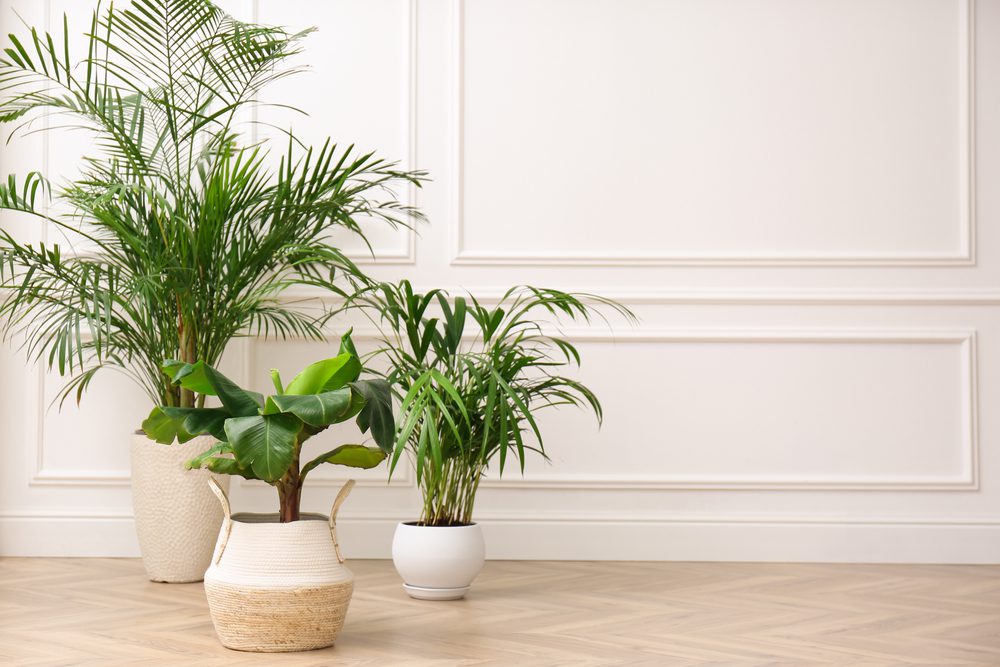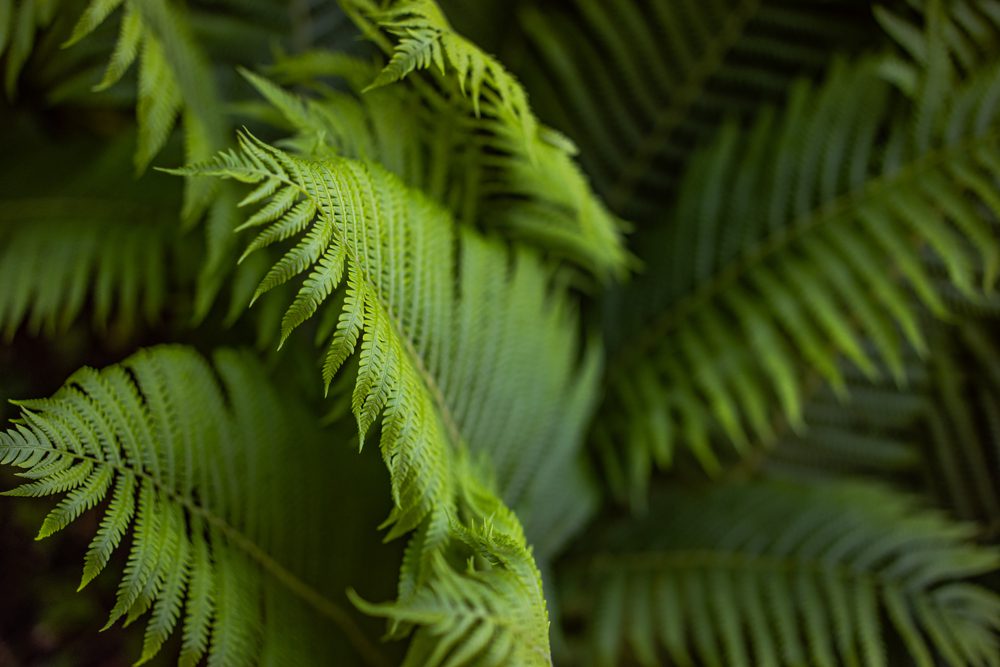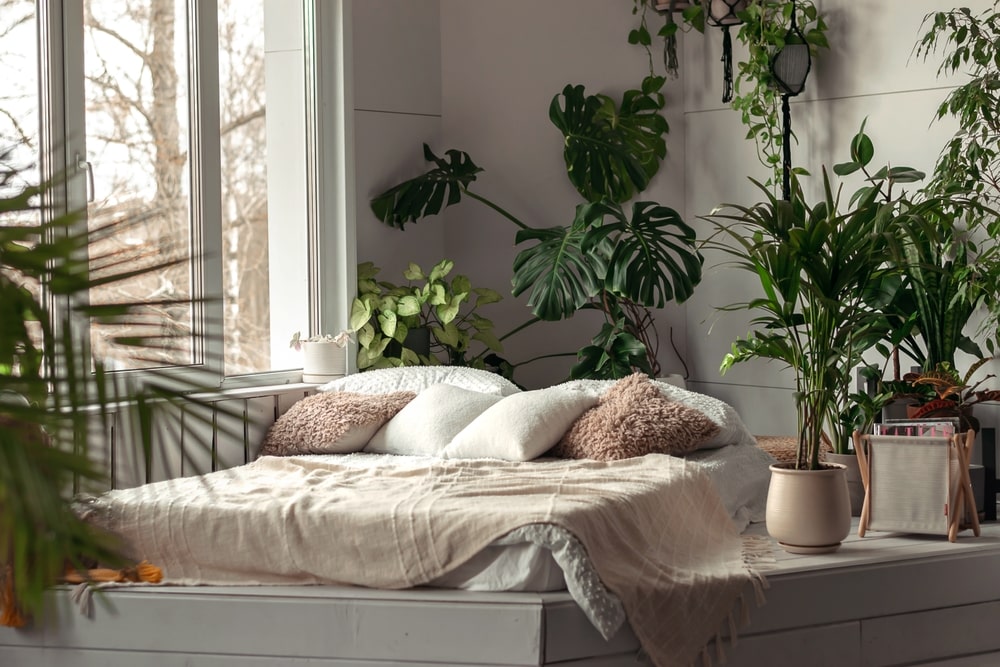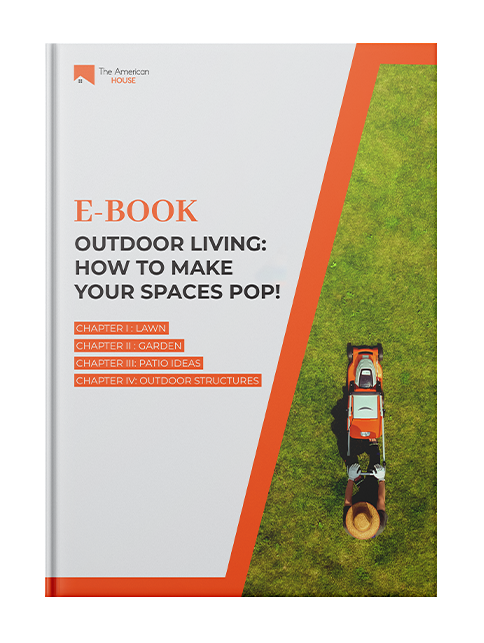These 10 Plants Can Easily Live Indoors Throughout Winter!
We know plenty of gardeners who place their houseplants outdoors while it’s nice and sunny and also enjoy them indoors for the rest of the year. So why not do the same? You can save a bunch of money while you’re at it and bring your favorite cold, tender plants inside when the temperature drops.
This way, they will be ready to shine again when summer rolls around. Before you even bring your outdoor plants in for winter, you might have to prepare a couple of things. You can start by inspecting them for pests and treating them if needed.
Also, repot your plants if needed, and cut down on or even eliminate fertilizing them. Some plants don’t require too much; they just need to be brought indoors as houseplants, while others might have to go into dormancy for a few months of cool storage.
There’s also a third category of plants that are best kept going if you make rooted cuttings. Here’s a list of some of the most popular cold-tender plants that you can easily bring inside every winter and then continue to enjoy outside for many summers.

Palms
Even if some palms enjoy the sunny version of winter in the Deep South, the vast majority of palms should be overwintered inside. Whatever you might do, do not leave them exposed to freezing weather.
When overnight temperatures drop to the 50s, make sure you move the palms to an indoor location that gets plenty of light. Also, you want to water them regularly, keep the soil moist until spring, and carry them back outdoors after the whole danger of the frost has passed.
Cacti
Make sure you leave cacti and succulents outdoors as late into the season as possible. This way, the combination of shorter days and cooler nights will efficiently stimulate a dormancy response. You might need to keep an eye on the thermometer and learn the low-temperature threshold, depending on what species of cactus you own.
Some species are able to withstand 20-degree temperatures, but others can’t. Generally, cacti are best kept in cool, even unheated, bright locations with minimal water. You might want to transition them back outside in the early spring.
Citrus
Citrus trees grow and flower, and sometimes even ripen fruit, during the winter. You want to make sure you move them into a brightly lit room, ideally kept between 55 and 70 degrees Fahrenheit, right before freezing winter comes.
Citrus plants are very sensitive to the drying effects of air, so it’s recommended to position them away from heat vents and cold drafts. Also, make sure you provide supplemental humidity with a pebble tray or even regular misting.
Tropical hibiscus
If you have a tropical hibiscus plant, you might want to move it indoors, especially when overnight temperatures reach the low 50s. You want to place them in a brightly lit room and treat them just like any other houseplant.
Also, you might want to keep the soil moist but not saturated and feed them on a regular basis. Make sure you avoid heat vents and cold drafts, and put the plants on a pebble tray to boost the ambient humidity if needed. Prune tropical hibiscus three times during late fall and winter to keep its shape.
Jasmine
Try to prune jasmine vines by a minimum of 25 percent before bringing them in for winter. This way, you will save a ton of space in your home and also reduce the energy required for the plant seeds to properly maintain themselves.
However, we have to mention that leaves might fall off; in fact, all of them are highly likely to fall. But don’t worry! New ones will grow again over time. Bring jasmine into a sunny room before frosty weather comes, and keep it away from drying air vents and drafts. Also, use a pebble tray to boost humidity to 30 percent.
Elephant ears
When cool weather gets closer and the foliage dies back, make sure you carefully dig up your elephant ear tuber. Also, you will want to remove any remaining foliage and gently rinse off excess dirt.
Try to place the rubber in a warm, dark location with good air circulation and let it dry out for a couple of days. Wrap the bulbs in paper and store them in a dry and cool place. Also, make sure you check them periodically for rot and insect damage (you can treat them with an insecticide).

Boston ferns
It is actually quite possible to bring Boston ferns inside the home and overwinter them in their active state. However, we need to mention that it gets really messy quite quickly. Instead, what you want to do is let them go to sleep. Put them in a cool, dark location that won’t freeze. For example, in an unheated basement or even a garage, moisten the soil monthly until spring comes.
Geraniums
Geranium is yet another plant that likes to sleep the winter away. You can dig the plants out of the ground before the first freeze and gently knock the soil off the roots. Also, you want to allow the plants to dry in a cool, shady location for a matter of days.
Place the plants upside down in a paper bag and close the top. Then, store them in a cool, dark location between 55 and 60 degrees. About 2 months before the last frost date, trim the stored geraniums, then plant them in moist potting soil with two leaf nodes right below the soil line.
Angel’s trumpet
You can bring potted angel’s trumpets inside to a cool, dark area when frosty weather comes. The leaves will instantly fall off, and that’s when the plant will go dormant. You want to keep the soil barely moist until spring, then move the plant outside again when the dangerous frost has passed.
To move in-ground plants indoors, make sure you dig them up and pot them, or even cut them to the ground in the fall to make rooted cuttings for planting out next spring.
Banana
Even if Musa basjoo, Musa lasiocarpa, and other banana trees are pretty good with cold, the majority of them won’t tolerate freezing temperatures, at least not for long. Potted banana plants can be easily brought indoors to a bright and sunny room to spend the winter in a slowed-active state.
You can also help them sleep through the winter. As the weather cools, you might want to gradually reduce watering. Then, right before the freeze, cut the plant to 6 inches in height and move it to a dark and cool location. Make sure you keep the soil barely moist until spring comes.
Have you decided to get your plants indoors? Here’s a proper set of plant pots you might want to get!
If you enjoyed reading this piece, then you also need to try: 11 Things You Didn’t Know About Peel-and-Stick Wallpaper





